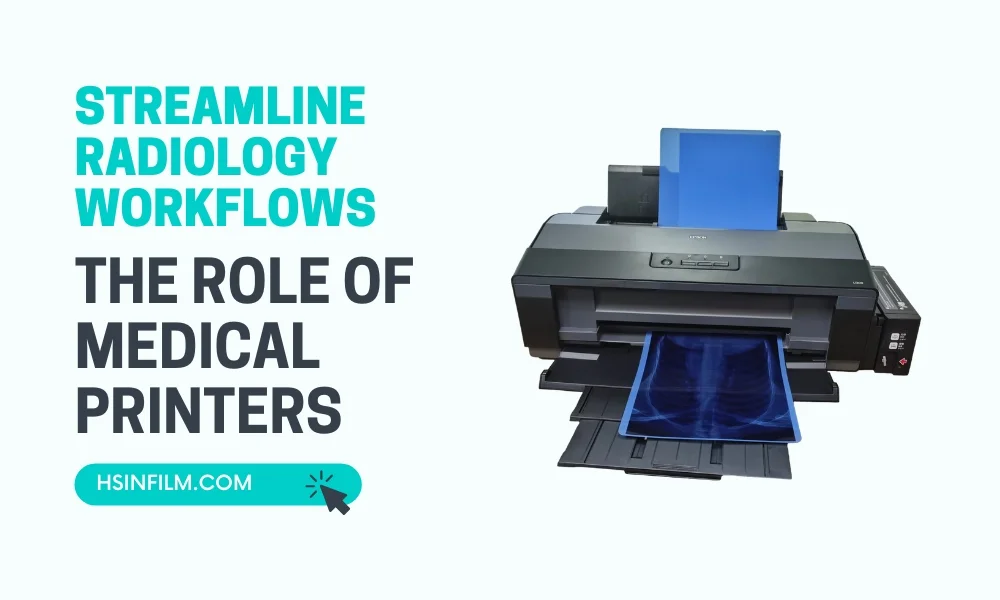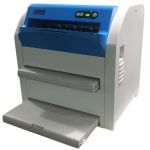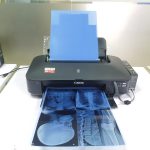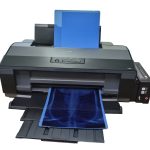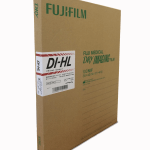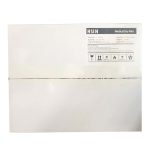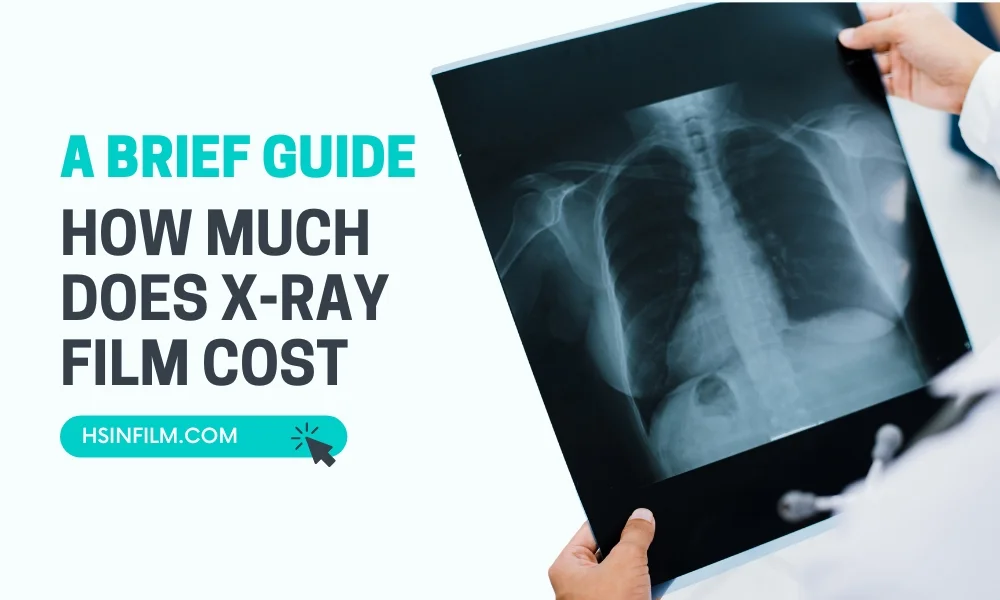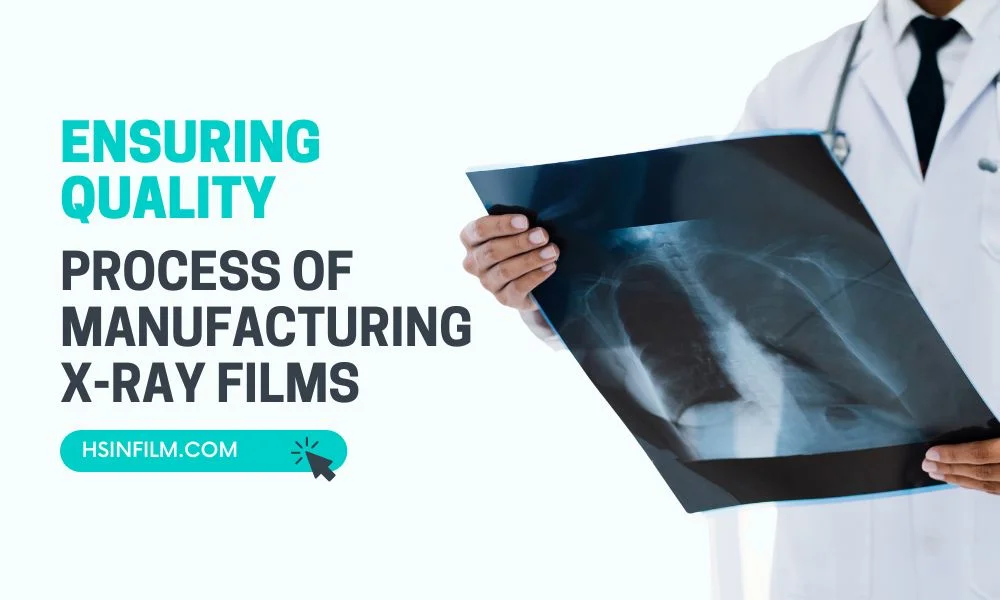In today’s healthcare landscape, technology plays a vital role in diagnosing, treating, and managing patient care. Among the many tools that healthcare professionals rely on, medical printers are crucial for accurate record-keeping and diagnostics. In this comprehensive guide, we will explore the role of medical printers, their types, benefits, and the various ways they contribute to enhancing healthcare services.
Table of Contents: The Role of Medical Printers
Understanding Medical Printers
What Are Medical Printers?
Medical printers are specialized devices used to produce high-quality images and documents in healthcare settings. These printers are designed to handle the unique requirements of medical environments, such as printing X-rays, MRI scans, and patient records. They provide clear, detailed images that are essential for accurate diagnosis and treatment.
Types of Medical Printers
Medical printers come in various types, each serving specific purposes:
- Radiology Printers: Used for printing high-resolution images from radiological scans like X-rays, MRIs, and CT scans.
- Ultrasound Printers: Specialized for printing images from ultrasound examinations, providing clear visual representations of internal organs and tissues.
- Patient Record Printers: Used for printing patient records and reports, ensuring that vital information is accurately documented and easily accessible.
- Laboratory Printers: Employed in laboratories for printing test results, labels, and other critical documents.
Importance in Healthcare
Medical printers play a significant role in ensuring the accuracy and reliability of diagnostic information. They help healthcare providers deliver better care by producing precise images and documents that aid in diagnosis and treatment planning.
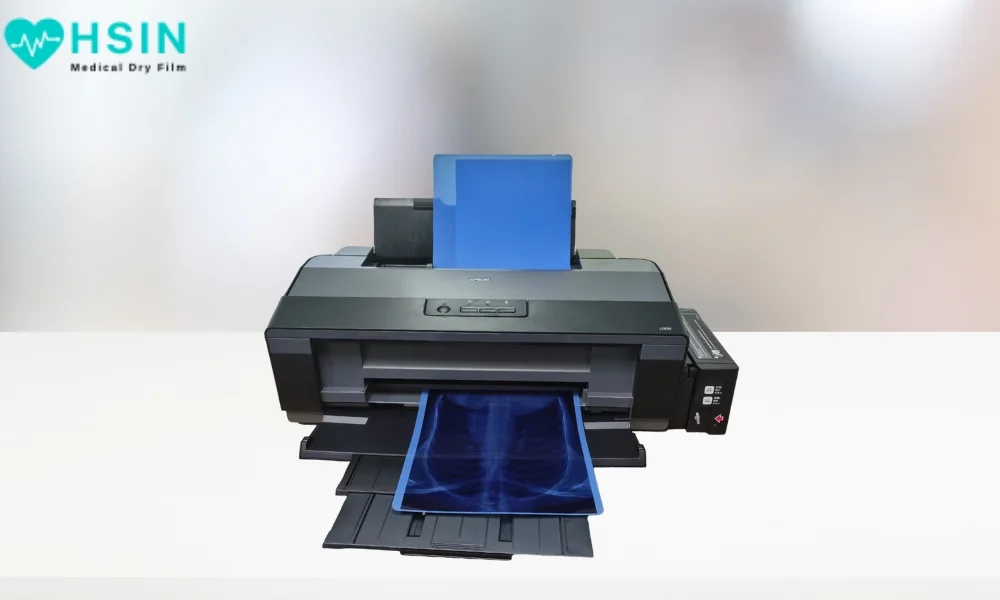
Benefits of Medical Printers
Enhanced Diagnostic Accuracy
One of the primary benefits of medical printers is their ability to produce high-quality images. This precision is critical for diagnosing various medical conditions accurately. Clear images help doctors detect abnormalities and make informed decisions regarding treatment options.
Improved Record-Keeping
Medical printers are essential for maintaining accurate and up-to-date patient records. By printing documents such as patient histories, test results, and treatment plans, these printers ensure that healthcare providers have access to comprehensive and organized information. This improves communication among medical staff and enhances patient care.
Streamlined Workflows
Medical printers contribute to more efficient workflows in healthcare settings. They reduce the time needed to produce and distribute medical documents and images, allowing healthcare professionals to focus on patient care. This increased efficiency helps healthcare facilities operate smoothly and effectively.
Cost-Effectiveness
Investing in high-quality medical printers can lead to cost savings in the long run. By reducing the need for outsourcing printing tasks and minimizing errors, medical printers help healthcare facilities save money and improve their overall operations.
You can check our medical printers.
Common Uses of Medical Printers
Printing Diagnostic Images
Medical printers are widely used for printing diagnostic images such as X-rays, MRIs, and ultrasounds. These images are crucial for identifying medical conditions and planning treatment. The clarity and detail provided by medical printers ensure that healthcare providers can accurately assess patient health.
Generating Patient Records
Accurate patient records are essential for effective healthcare. Medical printers are used to print comprehensive records that include patient histories, test results, and treatment plans. These records help healthcare providers deliver personalized care and improve patient outcomes.
Producing Laboratory Reports
In laboratories, medical printers are used to print test results and reports. This ensures that test findings are accurately documented and easily accessible to healthcare providers. Medical printers help laboratories maintain high standards of accuracy and efficiency in their operations.
Creating Educational Materials
Medical printers are also used to produce educational materials for patients and healthcare professionals. These materials include brochures, pamphlets, and training manuals that provide valuable information on various medical conditions and treatments. By producing high-quality educational materials, medical printers help enhance patient education and support continuous learning among healthcare staff.
Key Features to Look for in Medical Printers
High-Resolution Printing
One of the most important features of medical printers is their ability to produce high-resolution images and documents. This is crucial for ensuring that diagnostic images are clear and detailed, allowing healthcare providers to make accurate assessments.
Fast Printing Speeds
In busy healthcare settings, speed is essential. Medical printers should have fast printing speeds to ensure that documents and images are produced quickly and efficiently. This helps healthcare facilities maintain smooth workflows and deliver timely care to patients.
Versatility
Medical printers should be versatile and capable of handling a wide range of printing tasks. This includes printing various types of documents and images, from X-rays to patient records. A versatile medical printer can adapt to different needs and provide reliable performance in diverse healthcare environments.
Ease of Use
User-friendly medical printers are essential for efficient healthcare operations. These printers should have intuitive interfaces and easy-to-use features that allow healthcare staff to operate them with minimal training. This helps ensure that printing tasks are completed quickly and accurately, reducing the risk of errors.
Reliability and Durability
Medical printers must be reliable and durable to withstand the demands of healthcare environments. They should be built to handle continuous use and produce consistent, high-quality results. Investing in reliable and durable medical printers helps healthcare facilities maintain high standards of care and minimize downtime.
Best Practices for Using Medical Printers
Regular Maintenance
To ensure optimal performance, medical printers require regular maintenance. This includes cleaning the printer components, checking for any issues, and replacing parts as needed. Regular maintenance helps extend the lifespan of the printer and ensures that it continues to produce high-quality images and documents.
Proper Training
Healthcare staff should receive proper training on how to use medical printers effectively. This includes understanding how to operate the printer, troubleshoot common issues, and perform routine maintenance tasks. Proper training helps ensure that medical printers are used correctly and efficiently, reducing the risk of errors and improving patient care.
Ensuring Data Security
Medical printers often handle sensitive patient information. It is essential to implement measures to protect this data and ensure its confidentiality. This includes using secure printing methods, regularly updating printer software, and following best practices for data security. Ensuring data security helps protect patient privacy and maintain the trust of healthcare providers and patients.
Keeping Up with Technology
Medical technology is constantly evolving, and it is important to stay updated with the latest advancements. This includes keeping up with new developments in medical printing technology and investing in the latest equipment. By staying current with technology, healthcare facilities can ensure that they are using the best tools available to deliver high-quality care.
Conclusion
Medical printers play a crucial role in modern healthcare by providing high-quality images and documents that are essential for accurate diagnosis and treatment. They enhance diagnostic accuracy, improve record-keeping, streamline workflows, and offer cost-effective solutions for healthcare facilities. By understanding the importance of medical printers and following best practices for their use, healthcare providers can ensure that they deliver the best possible care to their patients.
Investing in high-quality medical printers and staying updated with the latest advancements in printing technology can help healthcare facilities maintain high standards of care and improve patient outcomes. Whether you are a healthcare professional, a facility manager, or someone interested in the healthcare industry, understanding the role of medical printers is essential for ensuring that healthcare services are delivered effectively and efficiently.
